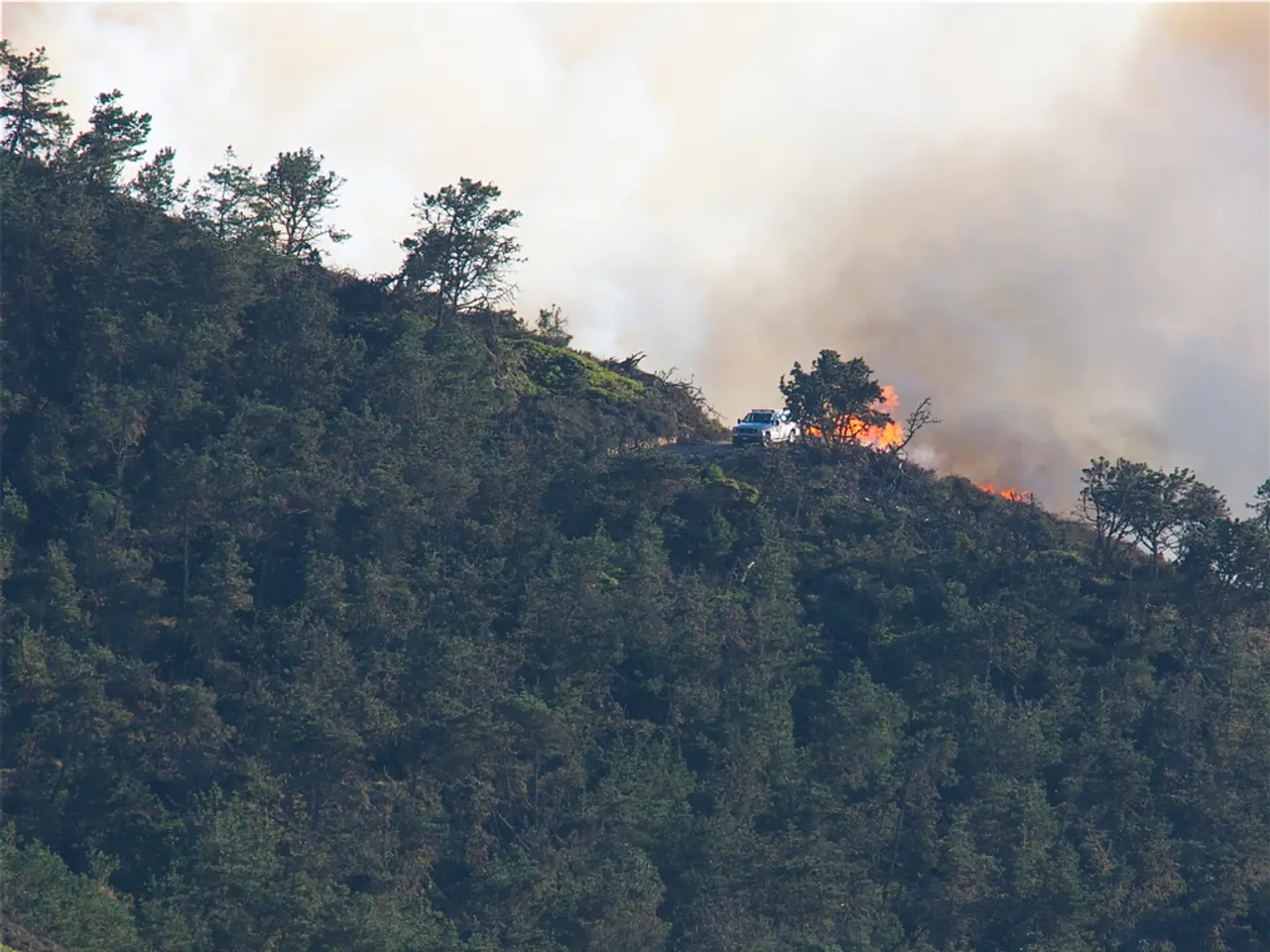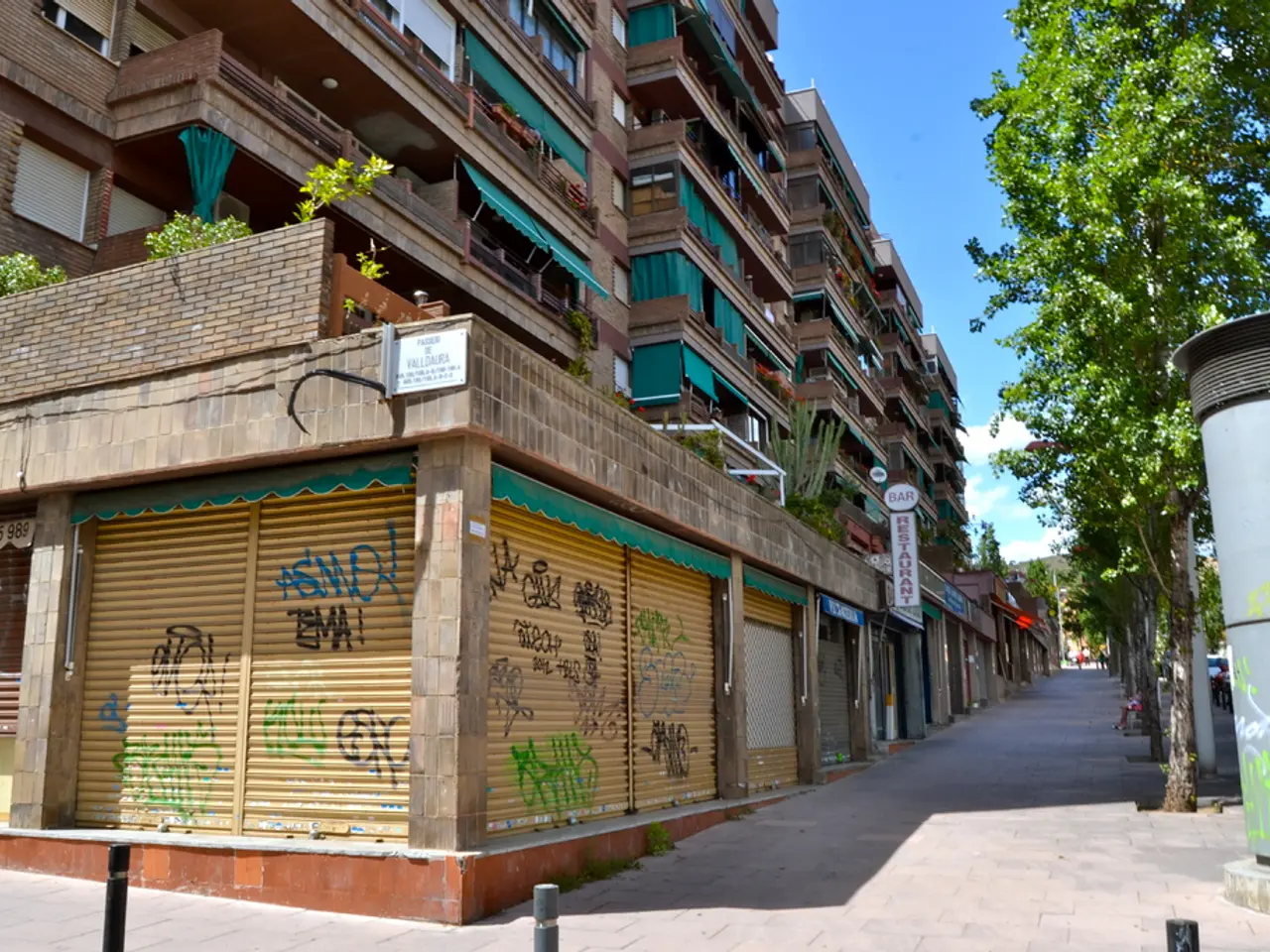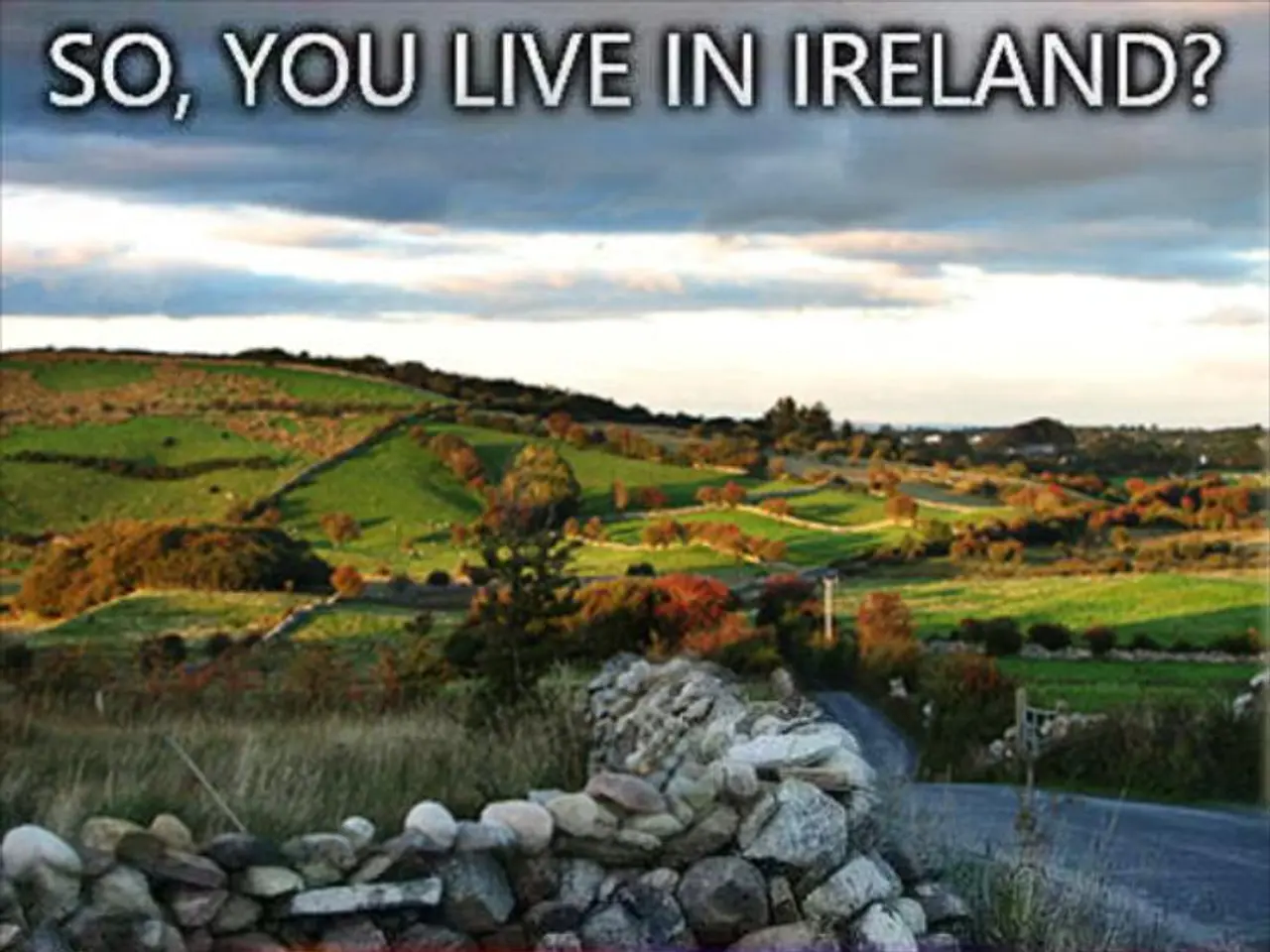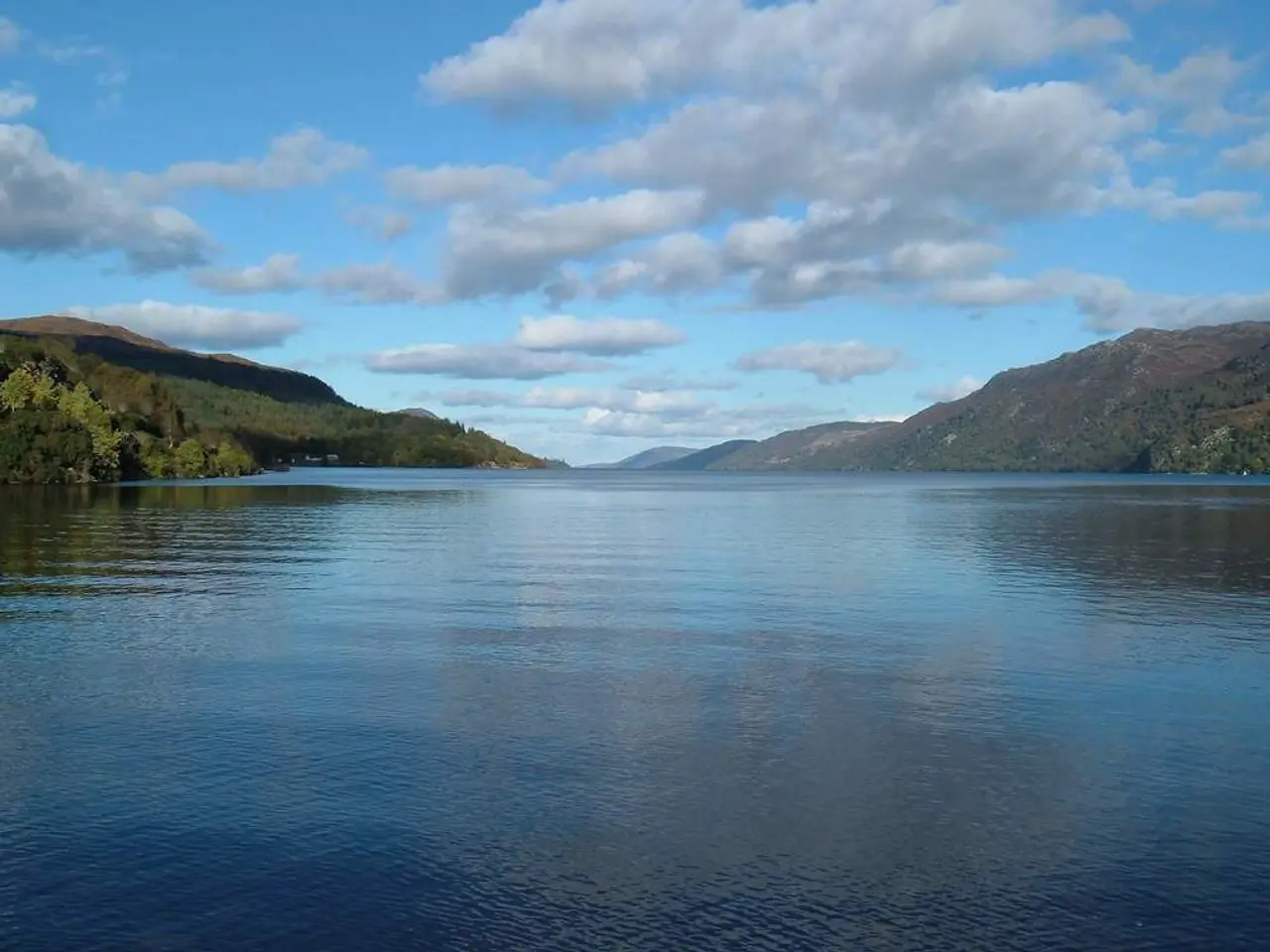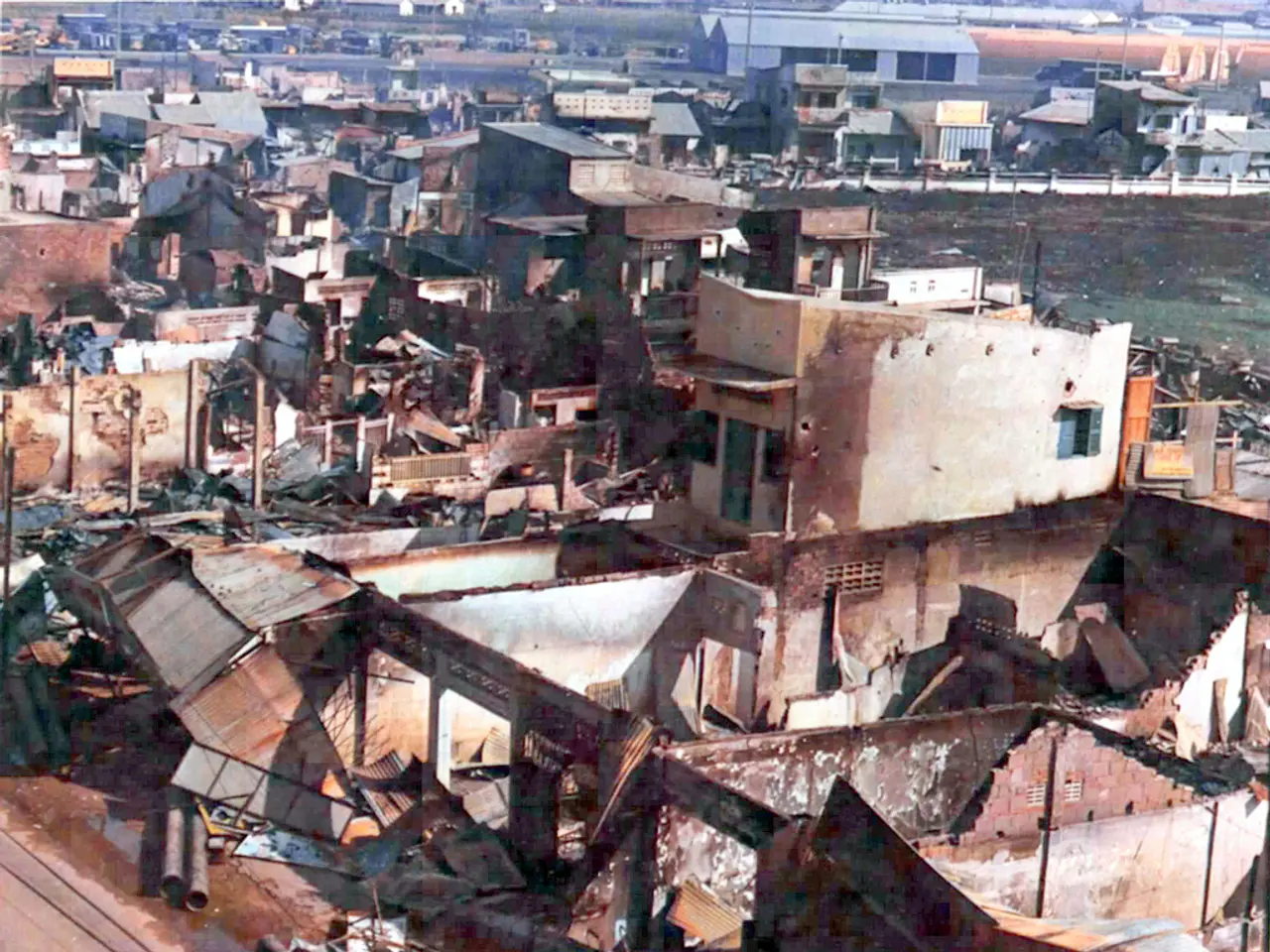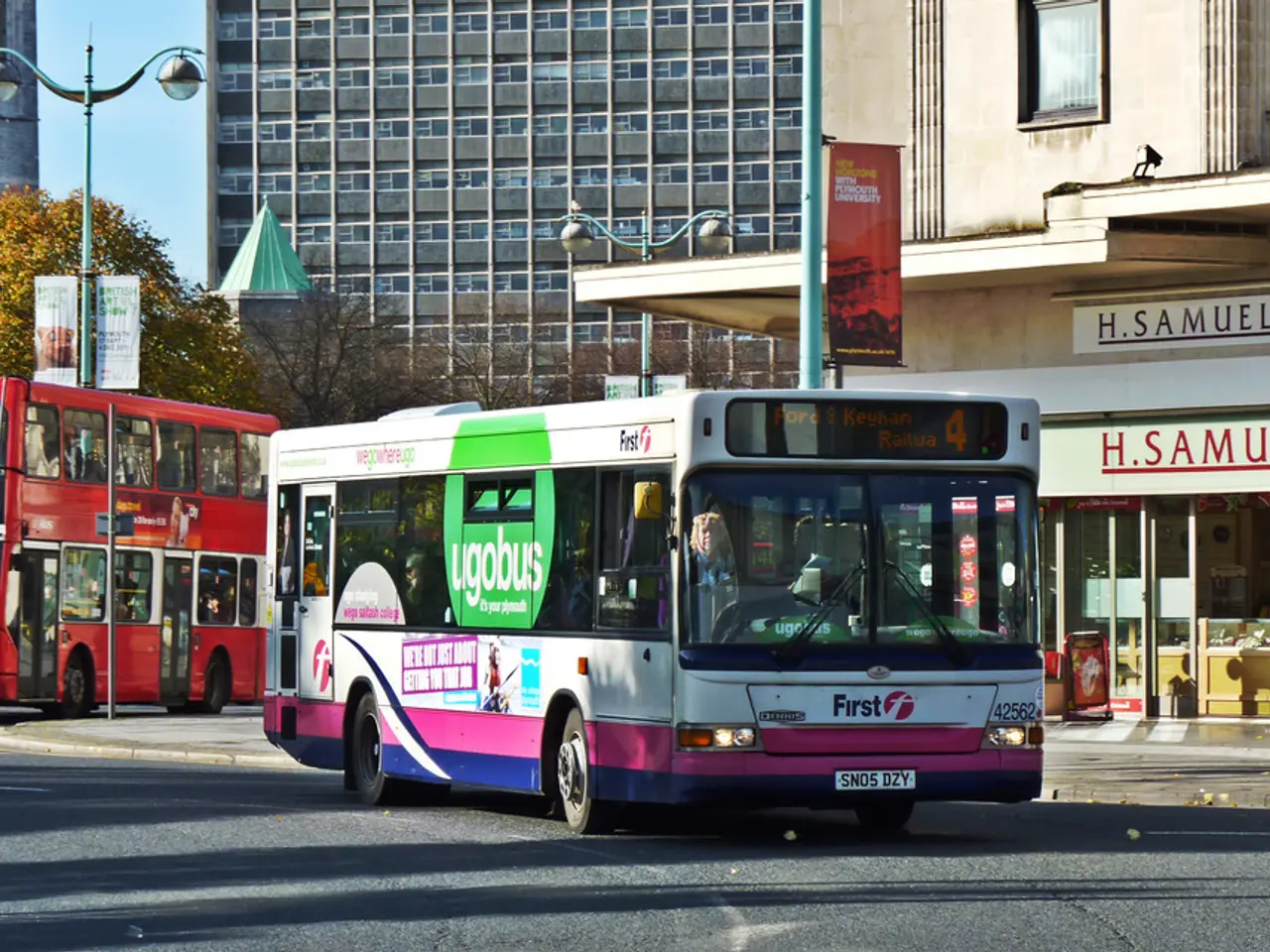Toronto and its surrounding Greater Toronto Area (GTA) inhabitants face a heightened risk on Saturday due to wildfire smoke emanating from the Prairies, resulting in an air quality advisory.
Smoky Conditions Persist in Toronto: A Special Air Quality Statement Remains in Effect
Residents of Toronto and surrounding areas are facing high-risk air quality due to wildfire smoke from Saskatchewan and Manitoba. According to Environment Canada, the smoke is expected to travel to southern Ontario in the afternoon on Saturday and linger throughout the long weekend.
The smoky air is choking the city with PM2.5 particles, a pollutant generally found in wildfire smoke, which can be absorbed into the bloodstream and are especially harmful. Those more likely to be impacted by smoky air, including certain age groups, pregnant people, people with existing illnesses or chronic health conditions, and people who work outdoors, should take extra caution to protect themselves.
As advised by Environment Canada, if possible, stay indoors and reduce outdoor activities during smoky conditions. High-risk individuals, particularly those with heart and lung conditions, face increased health risks during smoky air events, including worsened respiratory symptoms and increased risk of medication use, emergency visits, and hospital admissions. Protective measures recommended for these populations include reducing or rescheduling strenuous outdoor activities, limiting time spent outdoors, using air purifiers indoors, and wearing N95 masks if exposure to smoke is unavoidable.
The Air Quality Health Index (AQHI) values guide these protective measures. At high-risk levels (7-10), at-risk groups should take extra precautions such as avoiding outdoor exertion. General population members experiencing symptoms like coughing or throat irritation should also consider reducing outdoor exposure. Monitoring local AQHI readings via Environment Canada, WeatherCAN app, and local forecasts is essential for timely awareness and response.
Communities and health authorities emphasize the importance of awareness and provision of protective resources, such as distributing N95 masks and air purifiers to vulnerable groups, including elders. These interventions help mitigate the adverse health effects caused by wildfire smoke pollution, which can be as harmful as cigarette smoke due to particulate matter and other pollutants.
On Saturday, areas around Sault Ste. Marie, Owen Sound, and Sudbury were the smokiest in Ontario, with PM2.5 concentrations as much as 13.5 times more than recommended by the World Health Organization. Toronto's levels were still 4.2 times more than what the organization suggests is healthy. Skies will be clear at night on Saturday, but the smoke will remain steady.
On Sunday, smoke is expected to persist throughout the day but let up at night, with temperatures dropping to 17 C. IQAir, a Swiss air technology company, predicts that the smoke will be at its worst and make skies the most hazy midday Sunday. Smoke is expected to blow in around the late afternoon on Saturday, with Sunday being sunny until clouds start to cover in the early afternoon. A high of 30 C is expected with the humidex reaching 35 and the UV index climbing to eight.
On Thursday, Toronto had some of the worst air quality in the world due to forest fire smoke from the Prairies. The rest of the city is still only at moderate risk, according to IQAir. Monday will have a daytime high of 30 C and clear skies at night with a low of 18 C.
Residents are encouraged to stay informed and follow local air quality advisories. For more information, visit the Environment Canada website or download the WeatherCAN app.
- The government agency, Environment Canada, has issued a Special Air Quality Statement for Toronto and surrounding areas due to smoke from wildfires in Saskatchewan and Manitoba.
- High-risk individuals, such as those with heart and lung conditions and pregnant people, should take extra precautions during smoky air events, as their health is at increased risk.
- The city's air quality is currently high-risk due to PM2.5 particles from wildfire smoke, which can be absorbed into the bloodstream and are especially harmful.
- Media outlets and local forecasts are essential for timely awareness and response to smoky air events, as monitoring AQHI values helps guide protective measures.
- Climate change and wildfire activity have contributed to poor air quality in Toronto, making its environmental science and weather-forecasting critical for public health.
- The government has distributed protective resources, like N95 masks and air purifiers, to vulnerable groups to mitigate the adverse health effects caused by wildfire smoke pollution.
- The media should emphasize the importance of following local air quality advisories for public safety and encourage individuals to visit the Environment Canada website or download the WeatherCAN app for updates.
